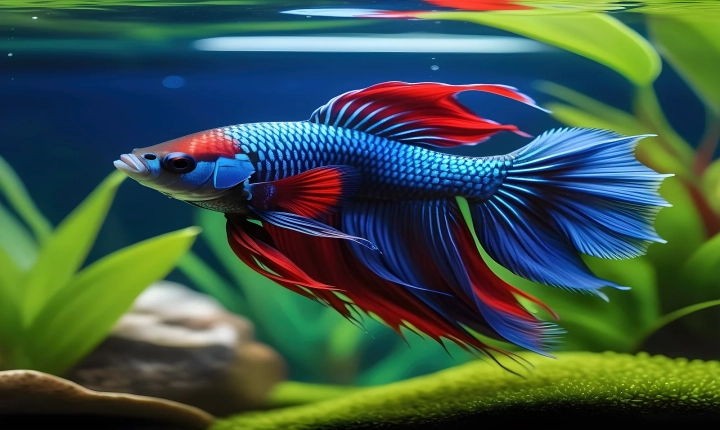Title: How to Identify if an Essay is Written by AI
In today’s world, the development of artificial intelligence (AI) has reached unprecedented levels, raising concerns about its potential to replace human creativity and work in various fields. One such area of concern is the generation of essays and other written content using AI-powered tools. With the advancements in natural language processing, AI can now write essays that mimic human writing to a remarkable extent. This ability has led to challenges in identifying whether an essay is the product of human effort or generated by AI. However, there are several methods and clues that can help in determining whether an essay is written by AI.
Understanding the Language Patterns:
AI-generated essays often exhibit a consistent and uniform language pattern throughout the content. This is because AI tools are programmed to follow a specific structure and style, leading to a lack of variability and spontaneity in the writing. Human-authored essays, on the other hand, tend to have variations in language, tone, and style, reflecting the individuality and creativity of the writer. Therefore, one way to identify AI-generated essays is to carefully analyze the language patterns and look for repetitive or unnatural phrasing.
Complexity and Depth of Analysis:
AI-generated essays may lack the depth of critical thinking and analytical insight that is characteristic of human-authored content. While AI can be programmed to analyze data and generate text based on predefined patterns, it often falls short in providing nuanced and complex arguments. Human writers are capable of incorporating personal experiences, emotions, and diverse perspectives into their essays, leading to a richness and depth of analysis that is difficult for AI to replicate. Therefore, assessing the complexity and depth of analysis in the essay can help in determining its origin.
Contextual Understanding and Creativity:
One of the key challenges for AI in writing essays is its limited ability to understand and navigate the complexities of human context and creativity. Human writers draw from their experiences, emotions, and cultural understanding to craft compelling essays, demonstrating a level of contextual understanding that AI struggles to replicate. When reading an essay, paying attention to the contextual references, creativity, and originality of ideas can provide insights into whether the content is human-authored or AI-generated.
Examination of References and Citations:
Another telltale sign of an AI-generated essay is the absence or superficial nature of references and citations. Human writers typically incorporate a range of credible sources and provide detailed citations to support their arguments and claims. In contrast, AI-generated content may lack depth in the incorporation of references or present them in a generic and systematic manner. Assessing the quality and authenticity of references and citations within the essay can assist in uncovering AI-generated content.
Utilizing Anti-Plagiarism Tools:
In the digital age, several anti-plagiarism tools are available that can help in identifying AI-generated essays. These tools can analyze the content for similarities with existing sources and patterns indicative of AI-generated text. By using these tools, educators and researchers can effectively detect essays that have been produced by AI and take appropriate measures to address academic integrity issues.
In conclusion, the rise of AI has presented new challenges in identifying the authenticity and origin of written content, including essays. While AI has made significant strides in mimicking human writing, there are discernible differences that can aid in distinguishing AI-generated essays from those authored by humans. By paying attention to language patterns, complexity of analysis, contextual understanding, references and citations, and utilizing anti-plagiarism tools, individuals can enhance their ability to identify essays written by AI. Moreover, as AI technology continues to evolve, it becomes imperative to develop robust methods for distinguishing AI-generated content from human-created work.
